Last week, Aime Leon Dore celebrated their 10 year anniversary — a decade that inspired massive changes to the aesthetic of menswear and fashion marketing (and opened the door for sneakerheads to learn how to wear a pair of slacks).
For the uninitiated, ALD is a NYC-based fashion brand founded by Teddy Santis. Maybe you’ve never heard his name or ever attempted to pronounce his three word, Queens-born brainchild before, but by now there’s almost no chance you haven’t seen the effects of his work. And while ALD’s origin story is one worth telling, what’s most fascinating about them is shift that began at the midway point of their existence so far…
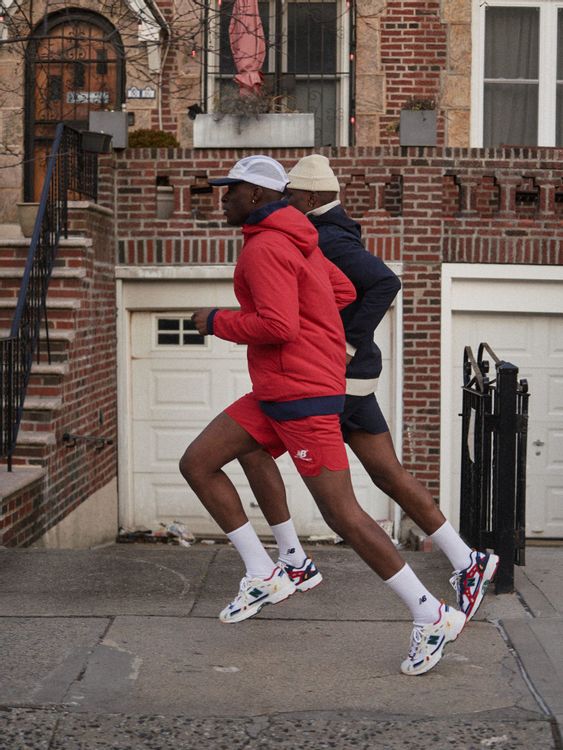
In 2019, Aime Leon Dore (pronounced Ah-May, Lee-On, Door) collaborated with New Balance for the first time, shifting them from your hipster friend’s coolest buddy’s favorite brand, to a slightly more household name.
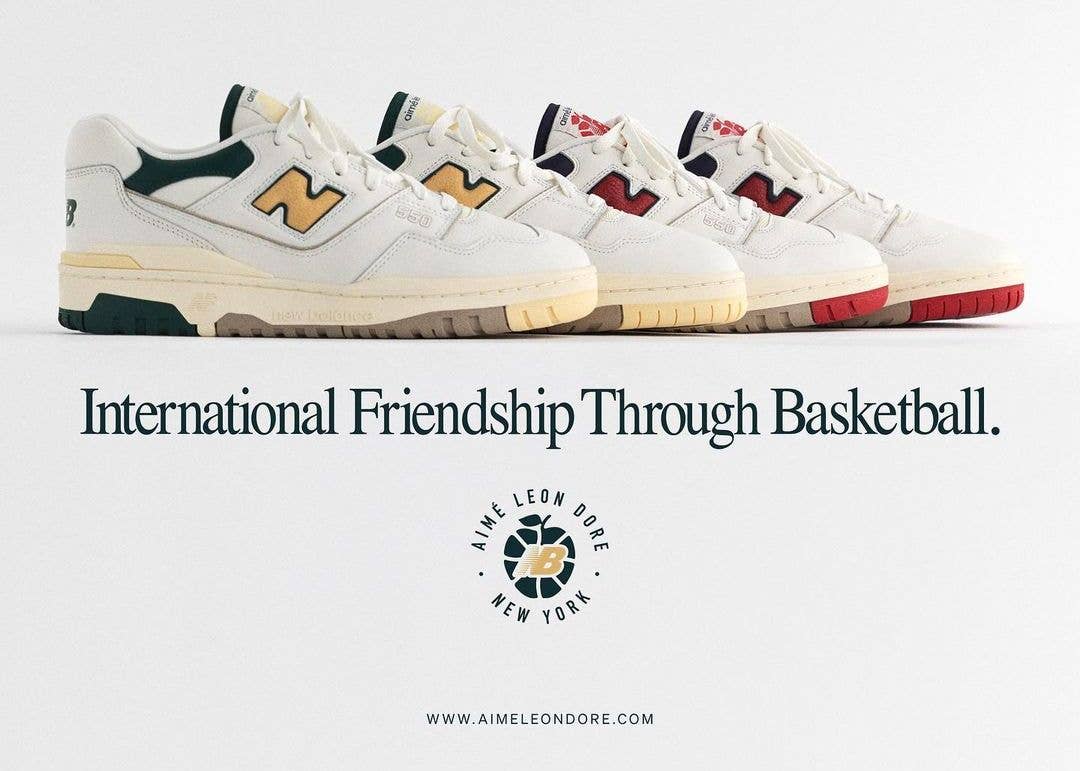
What followed was an annual partnership that always more-than-delivered on the hype, with ALD reviving the NB 827 running shoe — with marketing campaigns that spoke to the ever-growing cultural obsession with 90s nostalgia, vintage sportswear, and New York streetwear — and then turning the NB 550 into a modern classic that even your mom has in her rotation now.
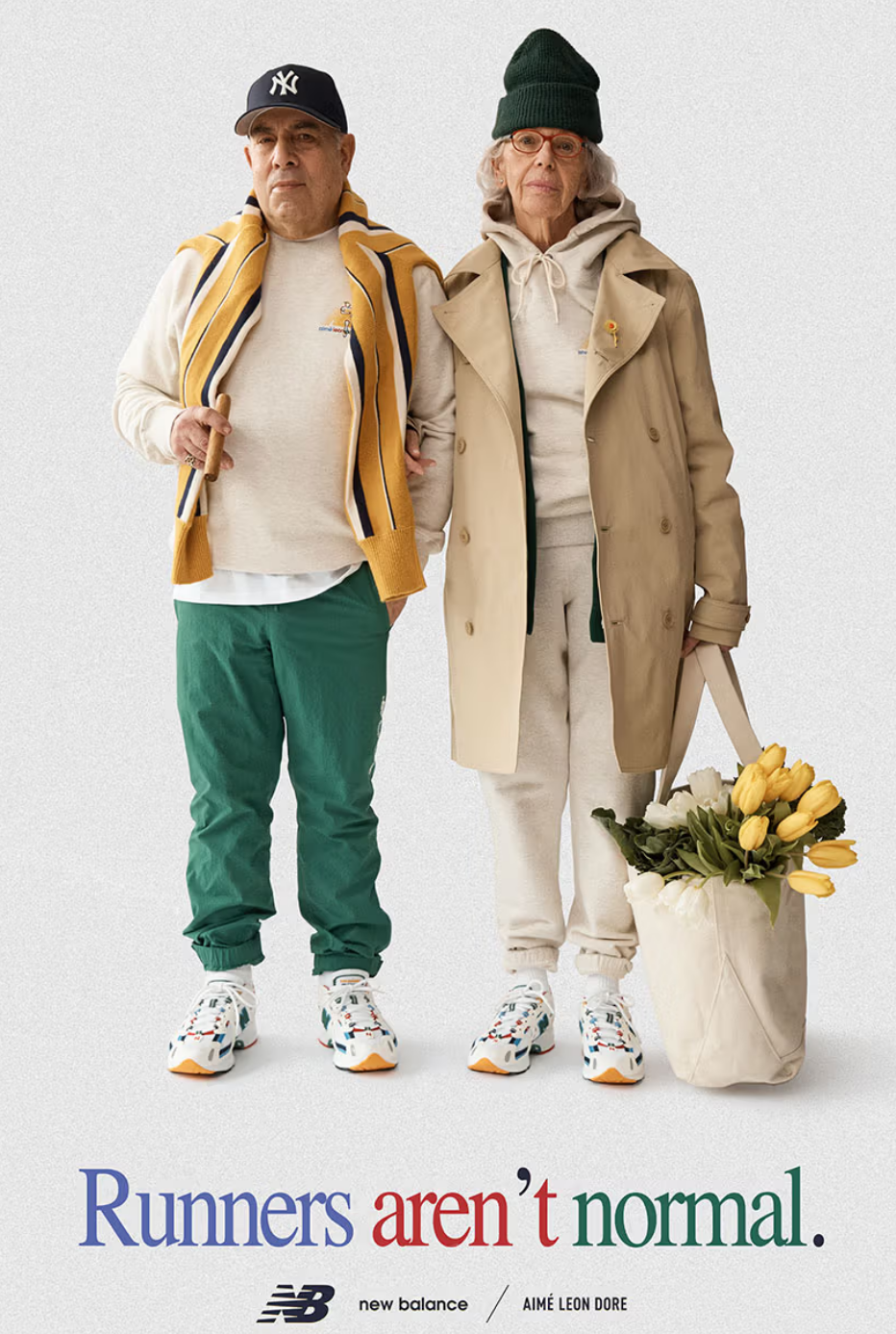
Along the way, Teddy brought ALD’s clothing line solely in-house (they previously sold through more marketplace-style sites like Kith and SSENSE), opened a cafe and flagship store in Nolita, and began putting together stylized look books that became as well known for their distinct, Pinterest-able aesthetic as they did for the design of the clothes themselves.
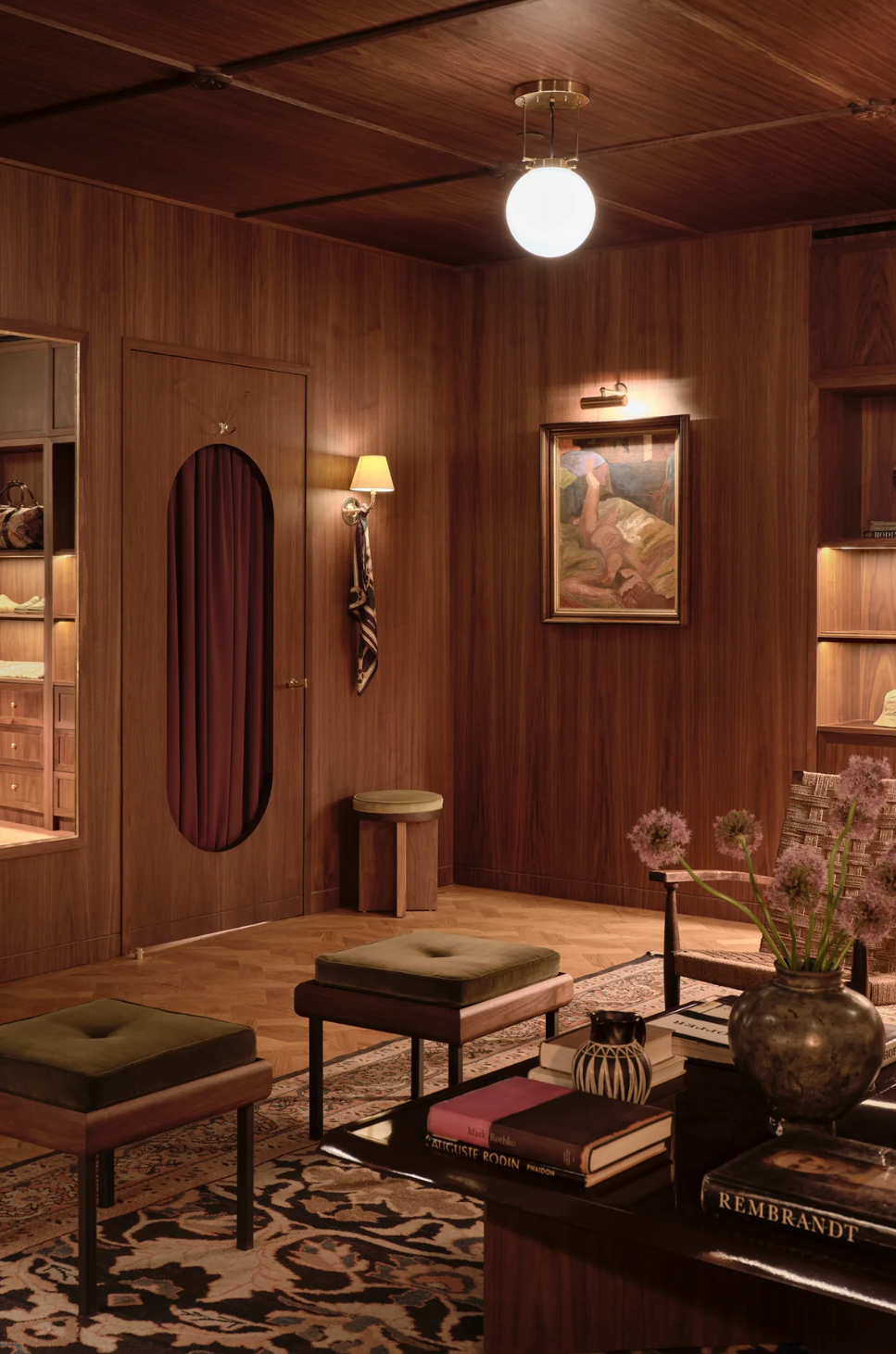
If the New Balance collabs were Aime Leon Dore’s “Marvel” movies, then their clothing line — and more specifically their seasonal look books and marketing campaigns — was the indie film that let the fashion industry know there was some substance to all the flash. After all, slapping your name on sneakers made by a big-name legacy brand is one thing, but openly attempting to become the modern Ralph Lauren was another thing entirely.
It was becoming clear that Santis wasn’t just building a brand, he was, much like his aforementioned idol, building a world you wanted to live in.
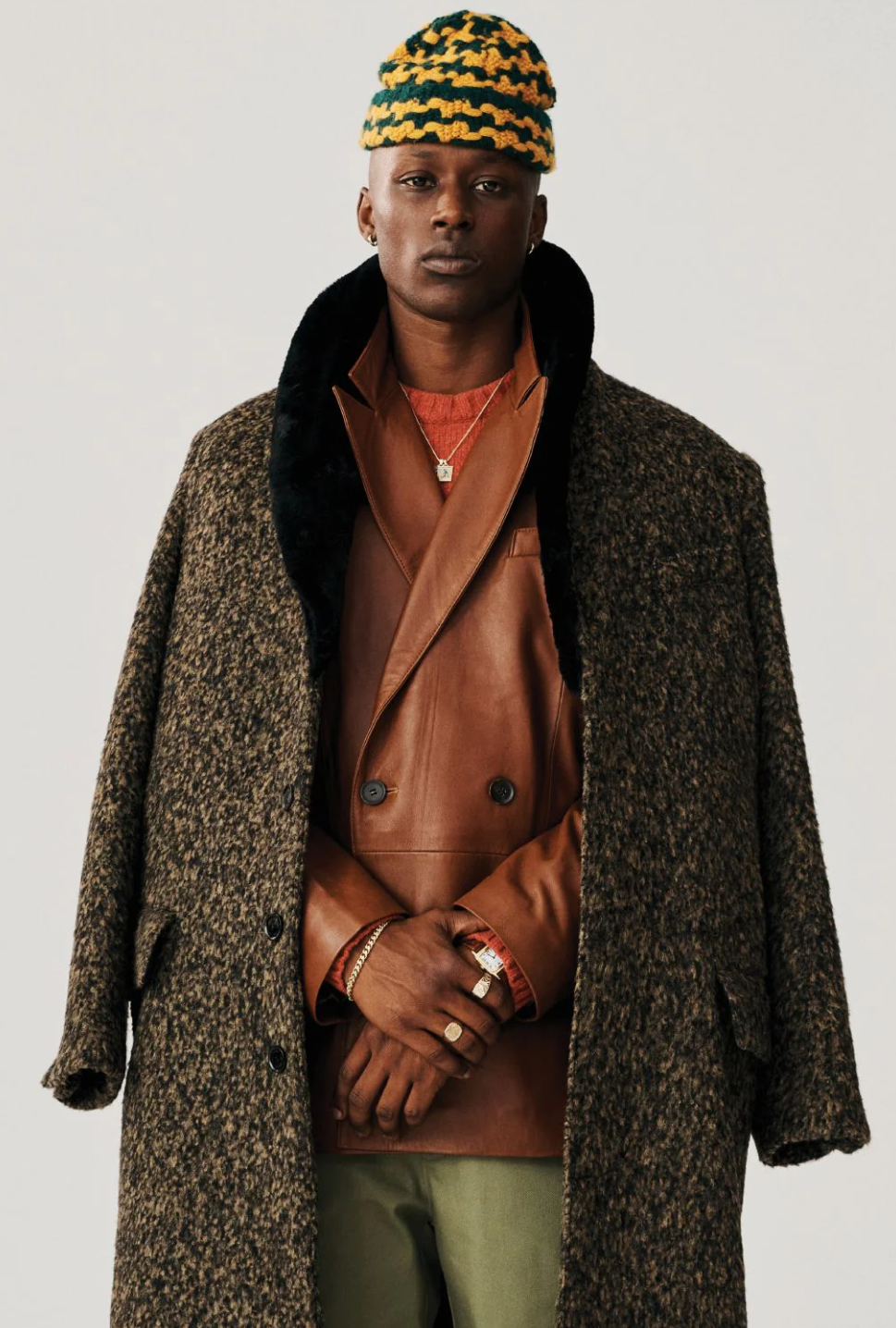
Fast forward to today, and Teddy is now the creative director for New Balance’s Made in USA line, and ALD has arguably been the most widely celebrated streetwear brand of the 2020s so far, having collaborated with the likes of Woolrich, Drake’s Diary, Porsche, Puma, Clark’s, and Timberland. Their storefront and Cafe are the downtown version of the Upper East Side’s Ralph’s (a place to be seen as much as a place to grab an overpriced latte or shop).
Both the shop and Cafe Leon Dore are always flooded with people and, until a digital check-in system was put in place, there was always a line around the block to get in. Their intermittent, limited drops have typically sold out within minutes, and a massive investment from the fashion conglomerate LVMH has all be ensured ALD is here for the long haul.
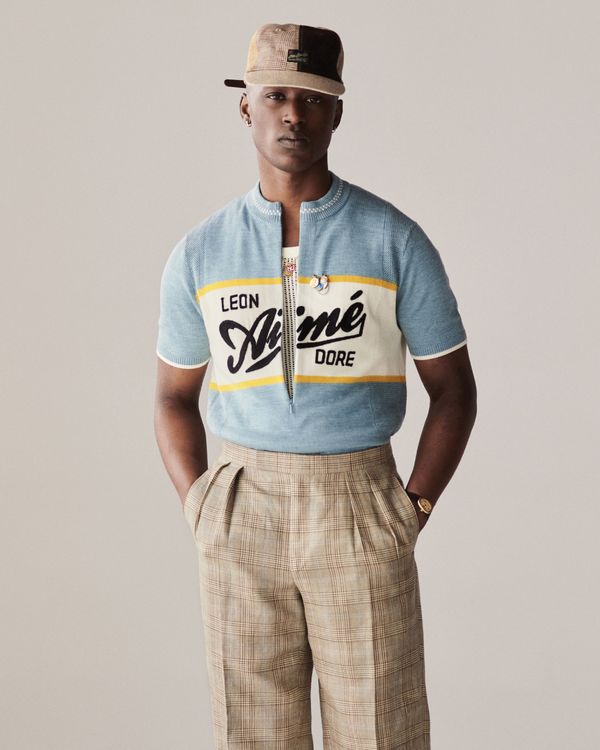
Teddy and, by extension, ALD have captured a look that speaks to an intersection of personal style that’s so specific and yet so broadly appealing that it’s hard to really understand why we all love it so much — and to be clear, it’s hard to find anyone who doesn’t love or at least respect/take inspiration from what they do, hence the 1.1 million followers on IG. It’s a lot like when you feel like you have a very specific idea or life experience that feels unique to you, only to realize after 5 minutes on TikTok that everyone else has felt the same thing before, too. It’s scalable individualism at its finest.
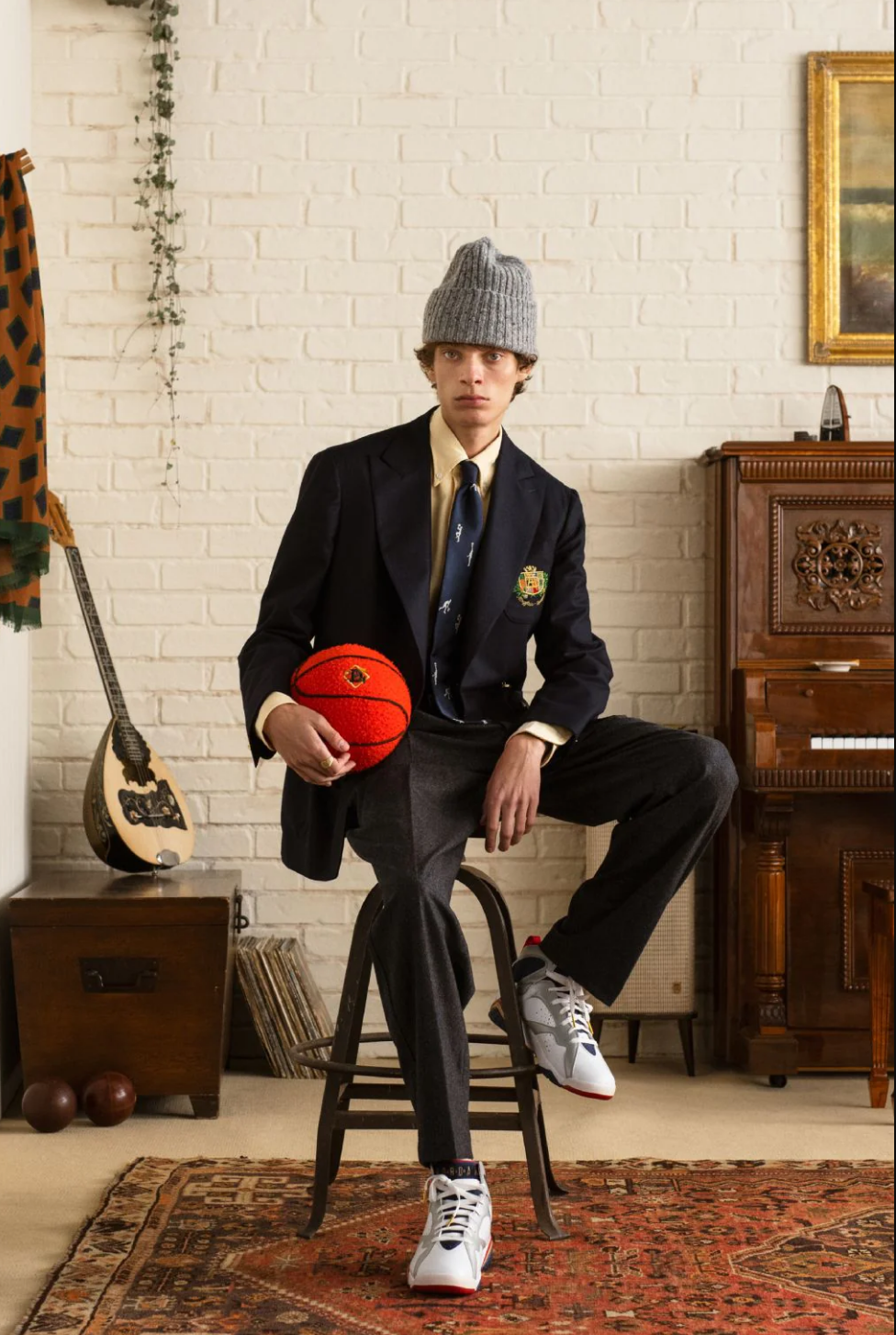
For anyone who grew up in the 80s, 90s, or 00s and paid attention to pop culture, ALD’s entire ethos seems intrinsically tied to the things we all loved growing up: Porsches and Range Rovers, hip hop, basketball, skating, Polo Ralph Lauren (and even more specifically, the Lo Life’s of Brooklyn who brought Polo into streetwear by force), stylized filmmakers like Tarantino, and creative ad campaigns and commercials (which uniquely left an impression on millennials) — all of which either began their rise or were especially popular in the 1990s.
Add all of those interests, ideas, and impressions to an aging group of people that secretly wants to dress cool but doesn’t know how, and you’ve found a profile that reflects millions of people.
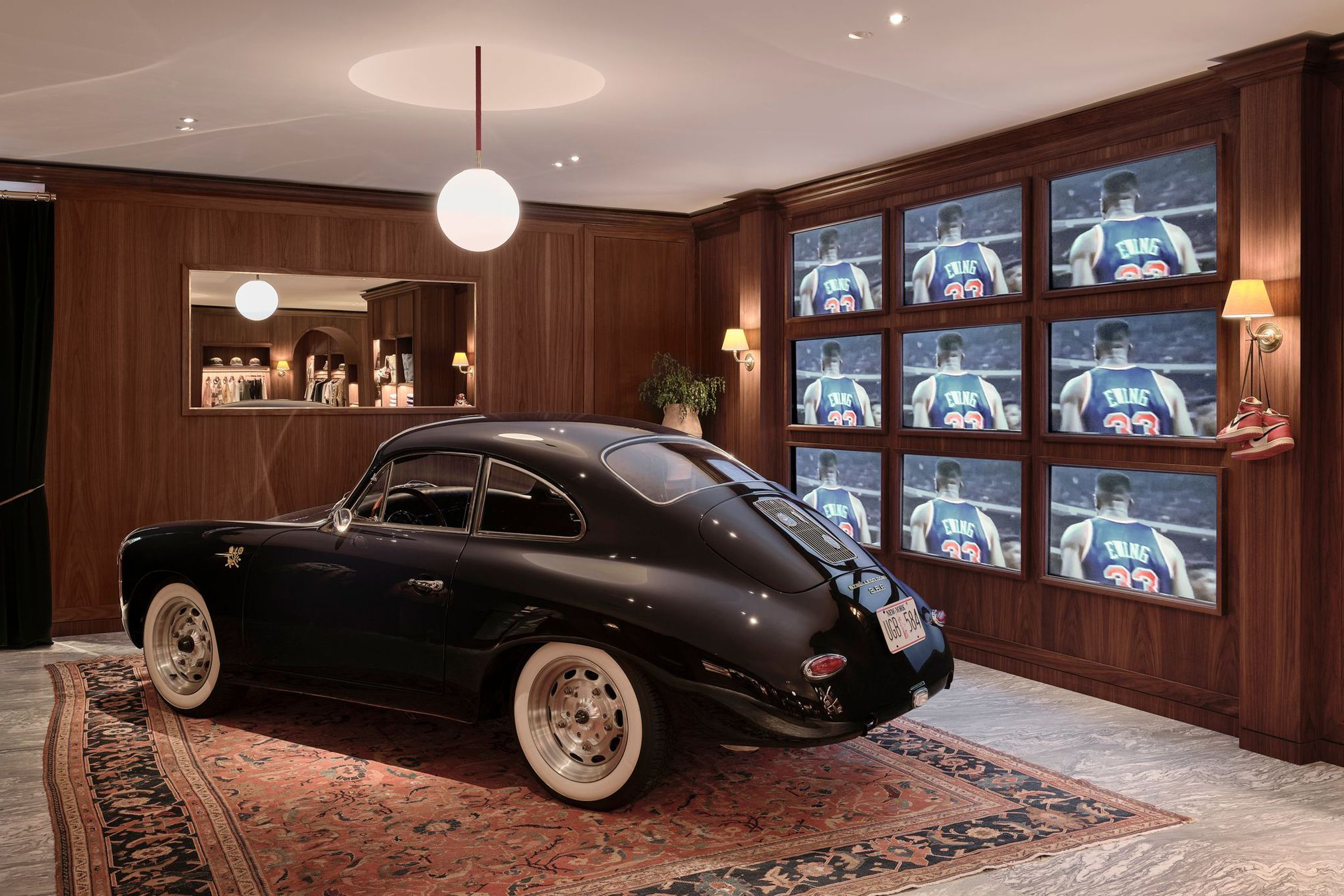
As a result, Aime has become a comfort zone for dads who want to look good but not like they’re trying too hard to look young, a visual vocabulary for New York street style, and a natural entry point for burgeoning fashion enthusiasts who want to learn more but never knew where to start.
Much like the city it represents, ALD brings with its prohibitive price tags and air of exclusivity, a distinct judgement-free community and a sense of openness, possibility, and variety. Are you coming to ALD for streetwear? They’ve got you covered. Want tailoring? They’ve got that, too. Sneakerhead? Just wait til the next NB drop. Looking for a fresh take on prep? Well that’s their bread and butter. You’re part of the would-be “cool club”, but wholly yourself.
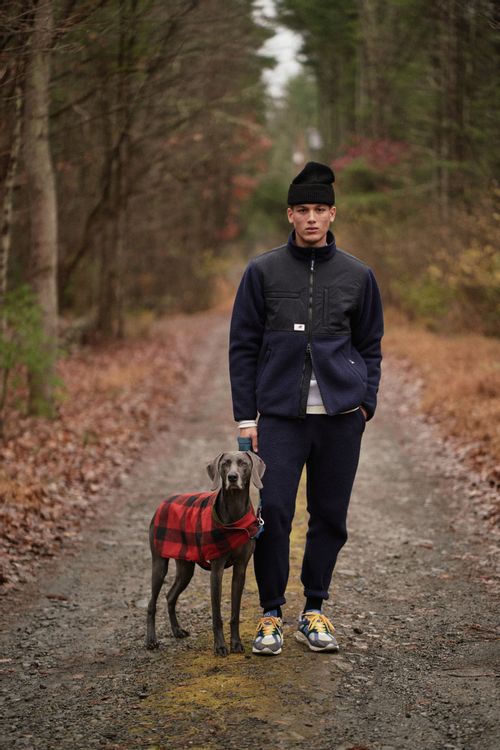
This aspirational take on nostalgia and approachability has connected with us in such a way that it’s legitimately shaken the “legacy” powers that be. They began to realize that ALD was telling these brands’ stories more effectively and with more conviction than they had been in a long time.
Brands like Abercrombie, Gap, Banana Republic, J Crew, Madewell, and Tommy Hilfiger have all either hired new creative directors or completely refreshed their marketing campaigns in the last 3 years. These same brands, and more niche outfits like Alex Mill (who just dropped some excellent denim we’ll be touching on this week) have hired ALD’s now-iconic and extremely recognizable twin models for their menswear shoots.
Even Ralph Lauren started carrying true vintage pieces in store and online after three years of archival vintage inspiration drops from ALD dubbed, “Leon Dore”. (I’ve noticed other brands like the phenomenal LA-based company, Buck Mason also selling vintage pieces on their site as a way to share their archival inspiration — a concept that was revived, if not created by ALD.)
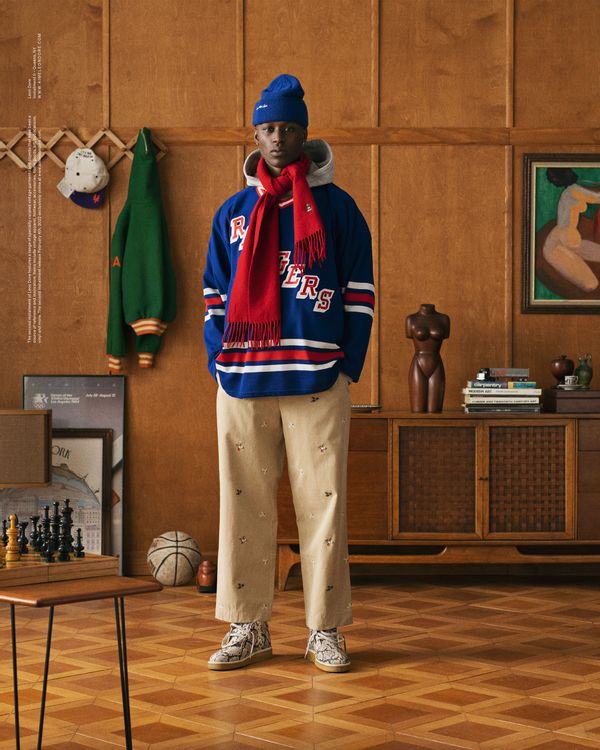
These massive brands were masters of storytelling when we were young. They built iconic and aspirational worlds that wherein the clothes felt at home and lived-in: The yuppy lake life and Nantucket-ness of J Crew’s iconic 90s catalogs, or the luxurious Americana that Ralph Lauren created, and even the sex-fueled coastal cool that A+F sold us.
They were creating day dreams, until one day they were just selling us unimaginative, if not repetitive clothes.
Brands like these (and even more obscure ones like Duckhead and Wilson) have been reminded of their built-in advantage in a marketplace where nostalgia is as important as innovation. For those of us who are simply looking for clothes that resonate on the individual level, seeing something familiar yet fresh is weirdly rejuvenating. The rising tide of Aime Leon Dore has lifted the boats of the brands of our youth, and with it raised the bar for who they themselves become in the future.
With the first installment of their SS/24 collection this Friday — and as the aforementioned sleeping giants effectively begin to stir — the question for ALD becomes, “what’s next?”
While they’ve managed to capture a massive audience at a relatively rapid pace, they’ve also slowly but surely priced out the vast majority of their entry-level fans while struggling to produce designs, ideas, and customer experiences that match their luxe billing — not to mention the reality that their look books have taught many people how to style clothes they already have or cheaper alternatives to Aime in a cool way.
Beyond that, the very aesthetic they’ve created has almost become so commonplace that it’s boring to those who’ve followed it for the last few years. Can they push their own boundaries to keep telling a story that resonates with the audience that found them so refreshing and subversive? Can they truly become the next Ralph Lauren, or are they another flash in the pan that came after the king and missed?
This year will be a decisive one for Aime Leon Dore and Teddy Santis (and potentially the legacy brands we have all known and loved for decades, if they continue to follow in ALD’s footsteps). Going from niche streetwear brand to luxury American fashion house is leap few brands, if any make. And scaling to that level will surely come with a steep learning curve and its share of hard-learned lessons — that comes with the territory with a level of ambition, attention, and influence that high.
But what’s unmistakable is the indelible mark Aime Leon Dore has left on the fashion industry to date. They’ve reminded us that beautiful design met with great storytelling can be a remarkably impactful duo — and that you can rock a snapback with a tailored suit, too. What story they choose to tell in the decade ahead will be a fascinating one to watch!
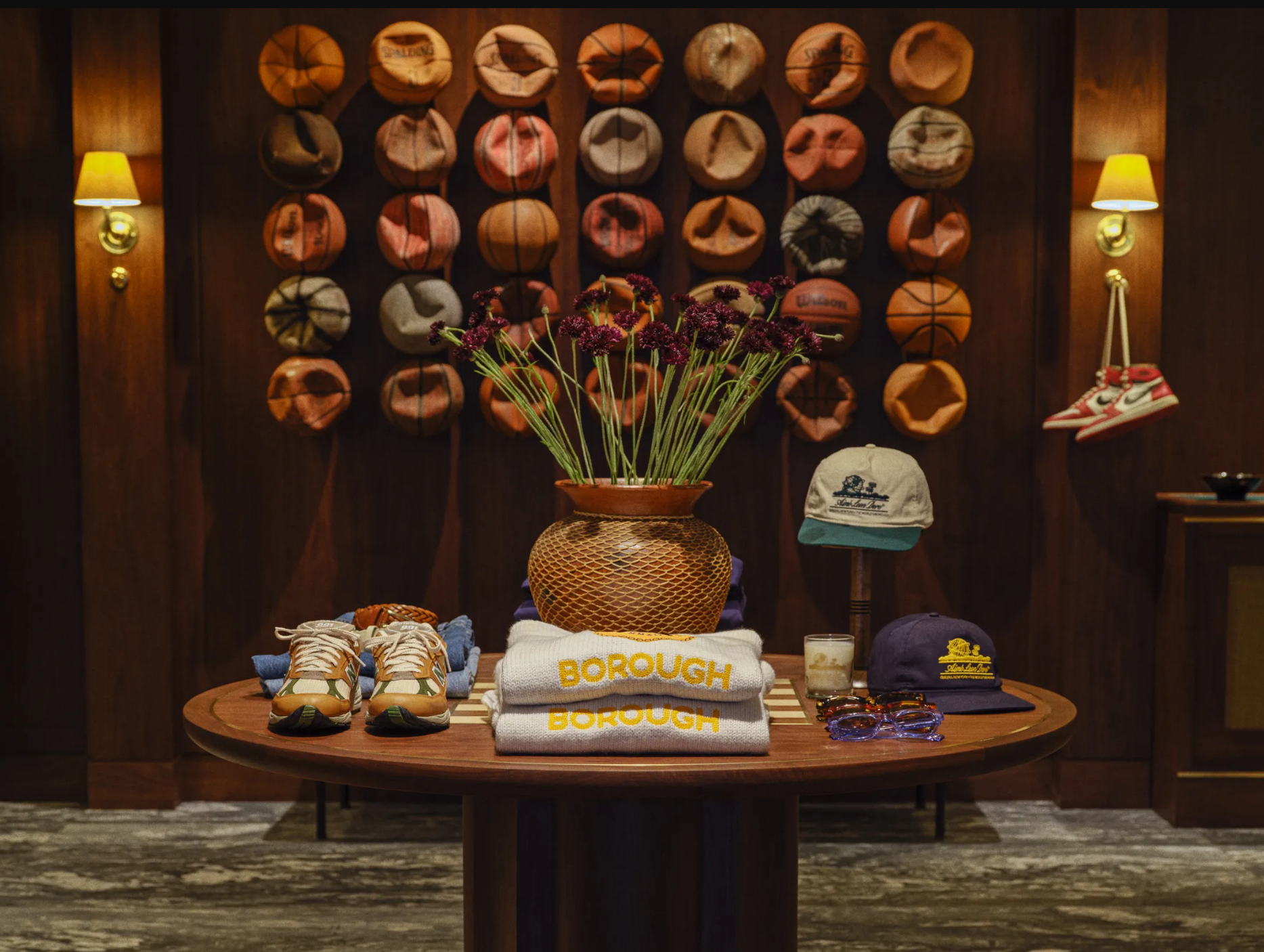
This was such an interesting read! I never knew this…